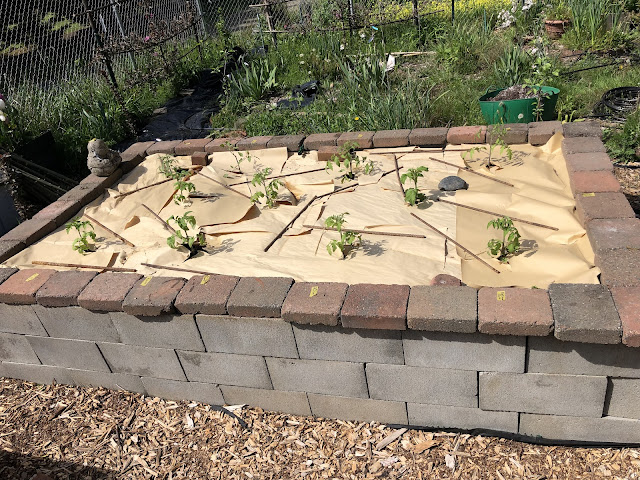I bought a "vintage" Sunbeam Mixmaster cookbook. Actually two of them. This one was from the late 1950s, and is between my mom's oldest and newest mixers in age.
That cookbook doesn't have as many recipes, but I feel certain many of them were what my mom used. There was a biscuit recipe, so I made some. Before making them, I couldn't really remember her making them. But then, as I made them, seeing them coming together in the mixer, feeling the texture of the biscuit dough, smelling the aroma of dough and the baked biscuits, it all came rushing back to me. This was a very nice thing to feel again.
I also made a batch of ginger snaps. Before I took this photo, about 2/3 of the biscuits were eaten.
I made a mistake and used the wrong flour (bread flour) for these - accidental. So the might not have been as light as they could have been. Plus, I added 1/2 teaspoon of butter extract to the dough. I think she would have used plain shortening. The brand she used was "Fluffo" (How do I remember that, LOL).
Another difference is that old shortenings contained trans hydrogenated vegetable oils, which probably contributed to her incredibly high cholesterol levels, her early heart disease and then dementia, so had a role in why I lost her so soon. So it's good we don't have the trans hydrogenated shortening any more, but that might change the texture and flavor a bit.
Those biscuits were very good anyway, and a lot better than corporate factory biscuits in cans.
This is the other Sunbeam Mixmaster cookbook. That mixer is exactly the last one my mom had. It has a lot more recipes, but a quite a lot them are meat based. I don't eat meat, but the others look good.
I remember that exact cookie press too. I think there will be what are now called "Spritz" cookies one of these days too LOL. Funny, the ones on the cover don't look as appetizing as they ate in person. Maybe it's the old photography and inks, and fading.
Edit - Yes it was Fluffo. Internet sourced vintage ad -
I want to say I even remember the can, but I think it was way before my time. Maybe they didn't change the label much over the years?









